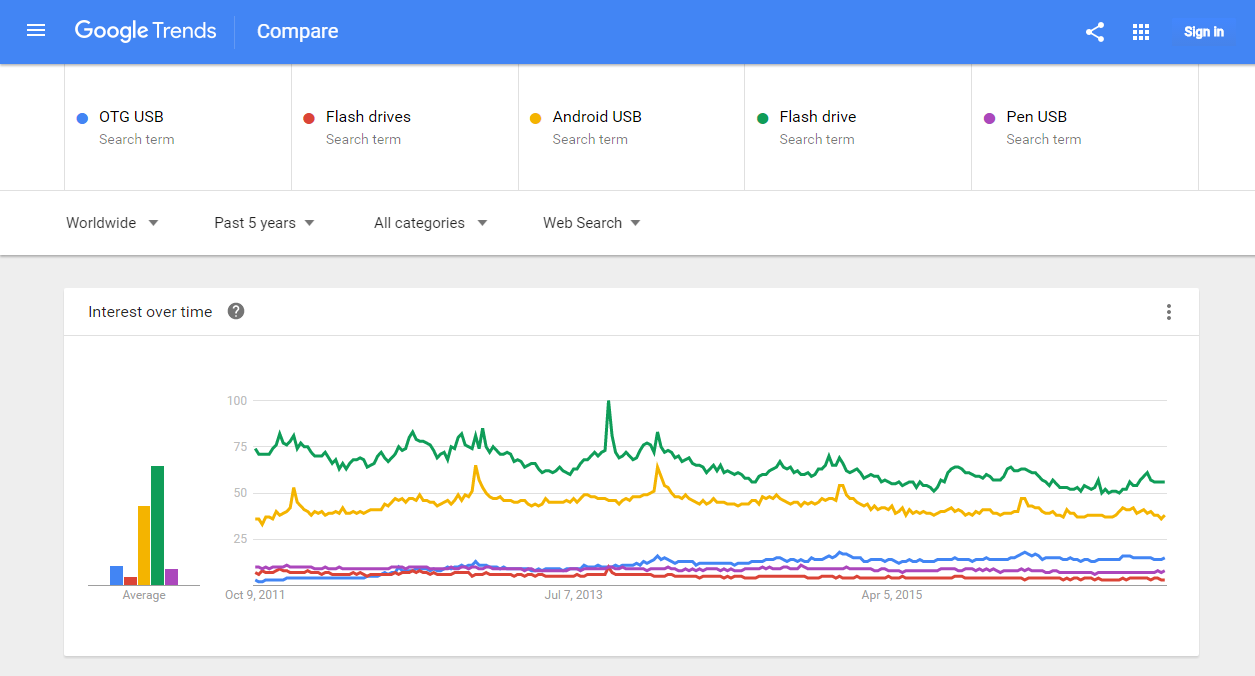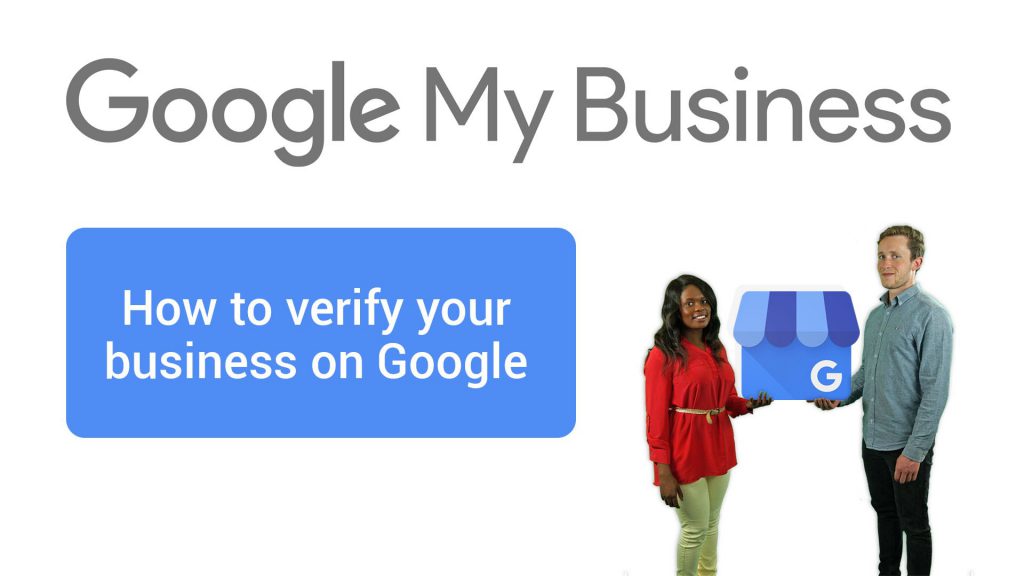How to Optimize Your Website for Higher Search & Sales
Much has been written on ways to optimize your website design and improve search engine optimization (SEO) in order to grow brand awareness and online sales. However most of this information has focused on quick fixes and gimmicks or from the narrow viewpoint of a specialist who only sees a tail or a trunk but fails to recognize the full elephant. That is not our approach. We have discovered some fundamental principles that are timeless solutions for optimizing your website in a way that will lead to better search engine rankings and more sales with less effort:
- First, Know your Audience — both current and potential future customers. What are your ideal customer profiles, personas? Demographics, psychographics, personal interests, places they go, things they read/watch/do, people/topics they follow online, social media, etc.
- Second, Provide Solutions to their Problems: make them more money, save them time or money, reduce their risk or anxiety, grow their knowledge base, enhance their social status. Critical: Clearly define the business problem you are trying to solve first or you will waste lots of money, time, attention.
- Third, use static or moving visual images and audio punctuated with bullet points and catchy, clever or emotional phrases that connect with the audience, their problem and your solution(s)
- Fourth, tie your personal name, organization name and logo the above to create your brand promise and brand image. This in turn builds trust and attracts repeat and referral business for sales growth.
- Finally, remain true to your brand promise, but adapt as conditions change, using informed intuition and data to inform decisions
Know Your Audience First
This is the most overlooked yet most vital part of your marketing and sales strategy that drives all methods to optimize your website and improve SEO. So before paying money for website software, graphic designers and website design developers, take time upfront to understand the Voice of the Customer (VOC).
In short, start with a clear and shared understanding of who is (are) your ideal customer(s). If you are already in business look for patterns in your current base of customers. Do they tend to come from a specific geographic location or have a similar characteristics? Do they tend to purchase certain products and services. Recall the Pareto Principle: for example, 80% of sales / profits often come 20% of your customers. Why do they buy? Why do they tend to buy from you instead of your competitors?
If you are just getting started and do not yet have any customers or only a small number of customers, you will have to identify your niche in the market. To identify this niche market opportunity in order to define your target customers, look for areas in which the market is not satisfying all customers. Additionally, you may see a market trend or new technology that could make it possible to to provide better products or services or deliver them at a faster rate, in a better way or at lower cost.
Solve Their Problem
Once you know why customers buy from you versus your competitors or have data or a hunch about a market opportunity that you can exploit, then you must craft a problem statement.
Here are two proven approaches for writing a good problem statement:
- New Product or Service (build small, get quick wins, then scale). This is the Agile or Lean Startup approach and is often referred to as the MVP or minimally viable product or service. Identify Target Customer(s), Articulate their Needs or business problem, Describe your New Product or Service idea, and finally Define the Value the customers will receive and why current alternatives are inadequate.
- Improve Upon Current Product or Service. Here might use the Lean Six Sigma approach, starting with the “physics” of delivering value to any customer. This is called the business process. Processes are the fundamental building blocks of any organization, local or global–. So problem statement is as follows: “The process of (describe the function or activity)….is leading to (describe the pain points — they will provide insights to the root cause of the problem but are often symptoms of the problem)…which results in (describe the financial, customer, strategic or legal/regulatory impact).“
Here are a couple of examples of how we have applied this and gotten results with clients or for ourselves:
- The process of generating leads to our website in our current manner is leading to low daily website traffic, low conversion rates and high visitor “bounce rates” (meaning visitors only stay on the site for a few seconds and leave), which results in high customer acquisition costs and low monthly sales (below goals).”
- The process of
Outline Website Design and SEO Strategy
Now that you’ve defined your target customer, their motivations for purchasing and their current pain point with a problem statement, you can now align and prioritize all activities to optimize your website design and SEO activities
Outline
ustomers. Once you know what motivates your customers to buy, identify the top 1-3 reasons they buy and develop a statement describing why you
Before we move deeper, let me provide you an overview of what we mean by an Optimized website. There are hundreds of millions of websites all around the globe. But when we search for anything, such as certain products or services, Google and Bing only return the most relevant sites.
But why do some websites appear at the top of page one and others at the bottom of page 30? To understand this you first need to understand how search engines work and rank websites.
Understanding How Search Engines Work

How Search Engines Work
Search engines work on algorithms — mathematical recipes or formulas. Google’s search engine algorithm is its secret sauce. Google will not show you its algorithm but you can decipher the code based on how websites or videos or posts appear in search results. Keep in mind that search engines keep updating their algorithms so it’s also important to keep up to date on changes.
Search Rankings Built on Principles of Trust and Quality

Search Rankings
Let’s suppose you have a new product launch or a big marketing event. So you need some customized flash drives to promote your product or service or to pass out at an upcoming trade show. You ask three friends and two suggest Store A down the street and the third recommends Store B across town. Since Store A is closest, you drop by only to find they only have plain flash drives and cannot imprint your logo and website address on those 4GB USB drives. You drive across town to Store B and they have everything you need, complete with high quality products and great customer service. The next time you need custom flash drives you will go to Store B. Also, you will put more trust in the friend that recommended the Store B option versus those that suggested Store A. The Google algorithm works in a similar manner.
The search engine algorithm learns from experience. It will rank a Store B website higher than a Store A site for people who search for “custom flash drive.” If visitors to the site “vote” (by staying on the site and clicking around vs. bouncing), then Google will give that site a higher search engine ranking for the “custom flash drive” keyword. Google will therefore send more people looking for that term to the site. On the other hand, if a high percentage of visitors bounce or questionable “black hat” SEO methods are being used, Google will penalize that site and not show them high in search rankings.
Google, Bing and other search engines’ brand images and reputations are dependent upon how well they return relevant search results to their online customers. Every search engines wants to provide you the most relevant results to your query so you will trust them and return to their site and use them. Also, the more visitors use Google, the smarter their algorithms become. Google wants to give you meaningful content based on your search query. But it’s not just content that matters. There are other factors: Is the content of high quality? Is the website mobile friendly? Does the website have a fast load time or is it slow?
Now let us move ahead and check out how these search engines work and how can we optimize our website according to these search engines (Search Engine Optimization) to get higher rank and more traffic.
Patient SEO Can Build You a Money Machine
You need to be very patient with SEO. Remember that SEO is a process, not a one-time quick fix. This means you will have to keep at it. By doing so you will get better and will be able to get results faster over time. Think of website design and SEO as long term investment. When done correctly — with patience and intelligence — it will create for you an online money machine.
1. Website and Sitemap Submission:

Sitemap
First of all if you don’t have a website create a website for your company or yourself. Make sure your website is user friendly, responsive (adjusts its self according to device) and explains your product/service very well.
When you create a website, it doesn’t get submitted in google. You need to first create sitemap for your website. Sitemaps are mostly automatically and you can check them at www.url.com/sitemap.xml (replace “url” with your domain name) . But if you have created multiple site maps like using wordpress (a CMS for creating website) using a plugin then you need to enter its exact location in search engine submission.
Site map: Site map is like a map of your house that tells how where is you front door. How many rooms your home contains etc. Submitting a site in search engine means that you are guiding it how many pages, posts and media etc your website contains.
Submission is Google: If you want to submit your website in google you need to go to https://www.google.com/webmasters/tools enter your domain and verify that its your website following the steps. After verifying, it will let you access to a dashboard where you can select traffic region, submit site maps, check for errors on your websites etc. Follow same steps for other search engine like bing etc.
After search engine indexes (it takes 24-72 hours) your website now it will come up in google search. Try entering whole domain (because you haven’t done any SEO yet) in google search and you will see you website come in google.
2. Write for the Users:

Write for the users
Always write the content for the users not for getting ranks. If you write meaning less content with repeated keywords you may get high ranks but you will never get leads and end up at a high bounce rate (Bounce rate means number of users who hit back direct after coming to your website divided by total number of visitors). Higher bounce rate indicate that you don’t have relative content for which you are ranked and thus eventually you will be out ranked by search engine too.
Write content for the users but in a way that search engine prefers. Writing quality content relative to your main theme, with headings and images relative to topic. A video may be an additional edge to your content. Try to use short sentences.
3. What to write about?
This is the most important part of what you should write about in your website and where to write? You can’t keep on adding more and more pages so you need to have a blog where you can add posts for you new products/services, their details, and posts related to your business.
Keywords thinking : To learn what should you write about, it needs brain storming.. Consider a flash drives business like ours. Now think of yourself as a customer/client and think all words you would type in a search engine to but flash drives. For example “USB drive” , “Android USB” , “Pen flash drives” , “Cheap flash drives” , “Custom flash drives” , “Metal flash drives”, “Custom USB”, “Customized USB drives” etc. Don’t ignore any keywords and think as much as you can (but from a customers mind) and write them down.
Google AdWords and Trends (Selecting Keywords) : Now you have all keywords from brainstorming (research ). Use Google AdWords (https://www.google.com/adwords) to check which keywords are searched most. You don’t need to create an Google AdWords campaign, Sign up and search keywords and plan your keywords. Also use Google Trends (https://www.google.com/trends) to compare and see which keywords are trending upwards and high compared to others.

Planning keywords using Google Trends
Write Content for planned keywords: Now you have keywords, choose a topics that contain your planned keyword and write quality optimized content for it. Try to focus one keyword per article and don’t use keyword again and again. Write content for the user but in a way search engine ranks it.
If you are using WordPress then i would personally recommend to use Yoast SEO plugin. It will guide you what are you lacking and what you need to improve for best optimization.
4. Monitor traffic using Google Analytics

Google Analytics
Now you need to monitor traffic how many users are coming to your website per day. Are they increasing with you writing article to get ranked in search engines for planned keywords?
To do so you go to Google Analytics (https://analytics.google.com/analytics/web) and add your website there for monitoring traffic. Again if you are using a WordPress after Google analytics setup you can add a plugin “Google Analyticator” that will show traffic trends in your WordPress dashboard.
Now with Google analytics you can monitor your traffic in details. You can check what they searched to get on your website, how long do they said? what’s the bounce rate etc.
5. Internal linking and Back linking

Internal linking and Back linking
Create you website in an organized way. Create categories for posts and add post in the specific category. This will be easier for search engines as well as users to understand the layout of website. When ever you write a post and if there is anything that’s associate with your other posts try to link it with your other post , this is called internal linking. Make sure to add internal linking between your posts.
Back linking is means your content or page’s url is on another site. Such that whenever a user clicks that, it will be redirected to your website. Getting paid back links or posting your website/posts links on every platform will not get you ranking. You need to have relevant back links from an authentic site that has a higher rank than you. If you keep on writing good content and share on social media as described below it will keep spreading as people share good articles and websites. That means you are getting natural back linking for you website.
6. Social Media and Youtube

Social Media Presence
You need to create social media profiles and whenever link them to your website so whenever you add a new post it gets automatically posted to social media. That way users over there can read that and visit your website for more details, as well as you are creating strong back links.
If you have some videos do create a youtube channel and add videos for your product and services and link them to your website. Videos gets easily ranked compared to written content as there is less competition, so don’t miss that space.
7. Verify your Business/Company Address

Verify your business on google
If you are running a small business or you are the owner of a factory/company, verify your address with google. Businesses/Companies that have verified address/locations are more reliable for users to trust then companies who haven’t verified their address. Follow the link and see video of how to claim owner ship of your business and verify address (https://support.google.com/business/answer/2911778?hl=en).
Always make sure your website has no error and all links are working. Following all the above will help you get relevant traffic and increase you sales. But you need to keep analyzing SEO after every 2-3 months and check out where improvements are needed. You can do this either by any method, but the most popular method is DMAIC method.

